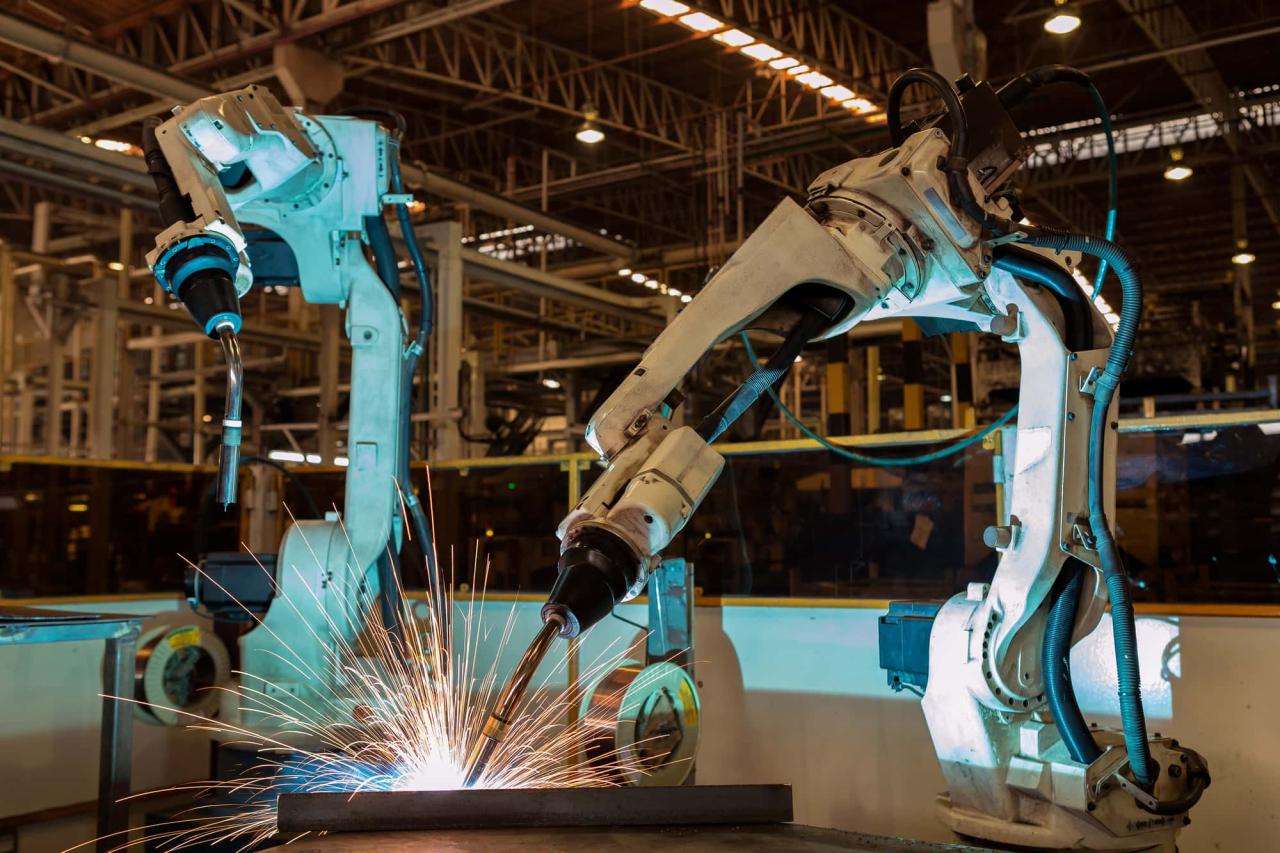

How Technology is Changing the Manufacturing Industry
The manufacturing industry has undergone significant transformations over the years, driven by technological advancements that have revolutionized the way products are designed, produced, and distributed. Gone are the days of traditional manual labor and outdated production methods, as technology has taken center stage to boost efficiency, productivity, and innovation. In this article, we will explore the impact of technology on the manufacturing industry, highlighting the key trends and benefits that are shaping the future of production.
1. Industry 4.0: The Fourth Industrial Revolution
Industry 4.0, also known as the Fourth Industrial Revolution, refers to the integration of digital, physical, and biological systems to create a seamlessly connected and automated production process. This era of industrial revolution is characterized by the use of advanced technologies such as artificial intelligence (AI), robotics, the Internet of Things (IoT), and additive manufacturing. Industry 4.0 enables manufacturers to create smart factories that are highly flexible, efficient, and adaptable to changing market conditions.
2. Increased Efficiency and Productivity
Technology has significantly improved the efficiency and productivity of manufacturing processes. Automation and robotics have taken over repetitive and labor-intensive tasks, freeing up human workers to focus on higher-value activities such as design, engineering, and innovation. With the help of machines, production cycles have been reduced, and output has increased, leading to higher revenue and profitability.
3. Predictive Maintenance and Quality Control
The use of sensors and IoT devices has enabled real-time monitoring of production lines, allowing manufacturers to detect potential faults and perform predictive maintenance. This proactive approach reduces downtime, minimizes waste, and ensures high-quality products. Additionally, advanced analytics and AI-powered quality control systems enable manufacturers to identify and rectify defects earlier in the production process, leading to cost savings and improved customer satisfaction.
4. Additive Manufacturing and 3D Printing
Additive manufacturing, also known as 3D printing, has transformed the production of complex products with intricate designs. This technology enables manufacturers to create customized products with reduced material waste, lower energy consumption, and shorter lead times. The aerospace, automotive, and healthcare industries are already leveraging additive manufacturing to produce lightweight aircraft parts, customized car components, and personalized medical implants.
5. Supply Chain Optimization and Visibility
Technology has also improved supply chain management in the manufacturing industry. Advanced analytics and IoT sensors enable real-time tracking of inventory, shipments, and logistics, providing end-to-end visibility and reducing supply chain risks. Manufacturers can now optimize their supply chains, streamline operations, and respond quickly to changes in demand or supply.
6. Collaborative Robots and Augmented Reality
Collaborative robots, or cobots, are designed to work alongside human workers, enhancing safety and efficiency in the production process. Augmented reality (AR) technology, on the other hand, is revolutionizing worker training, remote assistance, and quality control. AR-enabled devices provide real-time instructions, videos, and tutorials, enabling workers to perform complex tasks with greater accuracy and precision.
7. Cybersecurity and Data Analytics
As manufacturing operations become increasingly connected, cybersecurity is emerging as a critical concern. Manufacturers must invest in robust security measures to protect their systems, data, and intellectual property from cyber threats. Advanced data analytics, on the other hand, enables manufacturers to extract insights from production data, optimize processes, and identify new business opportunities.
8. The Rise of the Digital Twin
The digital twin is a virtual replica of a physical product or system that enables real-time monitoring, simulation, and optimization. This technology allows manufacturers to test and refine their products virtually, reducing prototype development costs and accelerating time-to-market. Digital twins also enable predictive maintenance, reduce warranty claims, and improve overall product performance.
9. The Impact on Workforce and Skills
While technology has the potential to displace certain jobs, it also creates new opportunities for workers with advanced skills in areas such as programming, data analytics, and robotics engineering. Manufacturers must invest in workforce development and upskilling programs to prepare their employees for the digital age.
10. The Future of Manufacturing
The future of manufacturing is exciting and uncertain. With the rapid pace of technological advancements, manufacturers must stay agile and adaptable to remain competitive. As technology continues to evolve, we can expect to see even more innovative applications in areas such as autonomous systems, biomanufacturing, and sustainable production.
Conclusion
In conclusion, technology is transforming the manufacturing industry in profound ways, driving efficiency, productivity, and innovation. Manufacturers that harness the power of technology will be well-positioned to thrive in a rapidly changing market, while those that lag behind may struggle to survive. As the industry continues to evolve, it is essential for manufacturers to stay informed, adapt quickly, and invest in the skills and technologies that will shape the future of production.
Final Thoughts
As we look to the future, it is clear that technology will continue to play a vital role in shaping the manufacturing industry. With its countless benefits and applications, technology has the potential to unlock new growth opportunities, improve product quality, and enhance customer satisfaction. As manufacturers navigate the complexities of the digital age, one thing is certain – technology will remain a key driver of innovation, efficiency, and success in the manufacturing industry.




